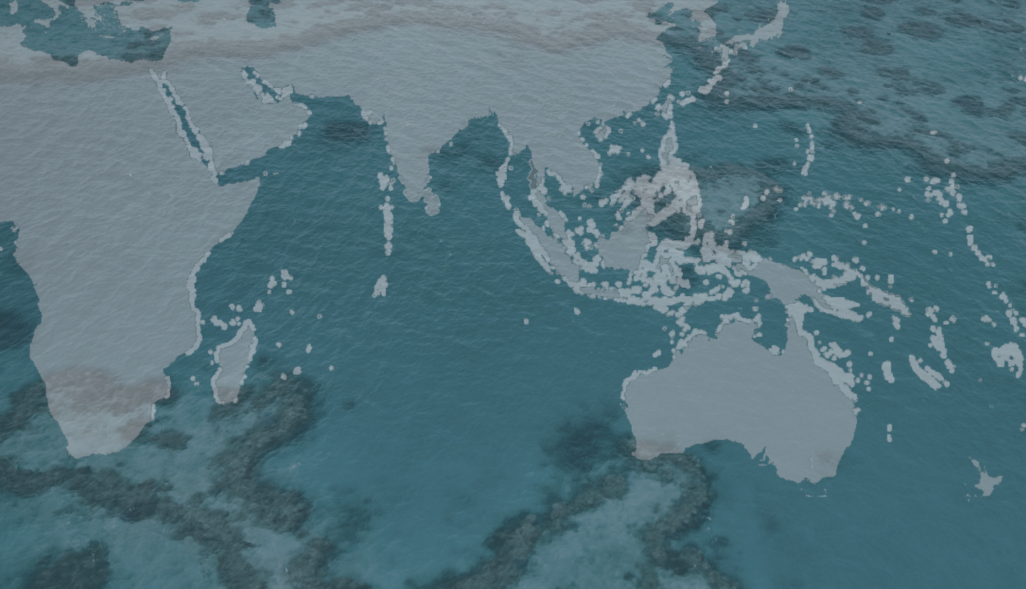
Coral reefs are some of the most imperiled ecosystems on the planet, but the largest and most connected reef networks might just have what it takes to survive.
By Serena Renner
Some of the most threatened ecosystems on the planet—coral reefs—could use a break. Indiscriminate fishing, pollution, and coastal development have battered coral reefs for decades. Throw in climate change and by 2100, 70 to 99 percent could be damaged or lost. With them goes food security and livelihoods, biodiversity and beauty.
But researchers behind a new study find hope in coral connectivity. Through modeling analyses, they identified six major reef networks around the world that could maintain and regrow coral even after mass bleaching, as long as sections of them fall within climate refuge zones—areas of the Earth that are more resilient to environmental stressors like acidification and rising temperatures.
The largest of these reef complexes—like submerged island chains biologically linked by ocean currents—spans nearly 1.8 million square kilometers, which is almost the size of Mexico. It encompasses the Great Barrier Reef and Coral Triangle, the latter including reefs of the Philippines and Indonesia. Other major systems lie in the Caribbean and Red Seas, along eastern Africa, and around Fiji.
Read the full story, published on October 21 2022, in Hakai Magazine.